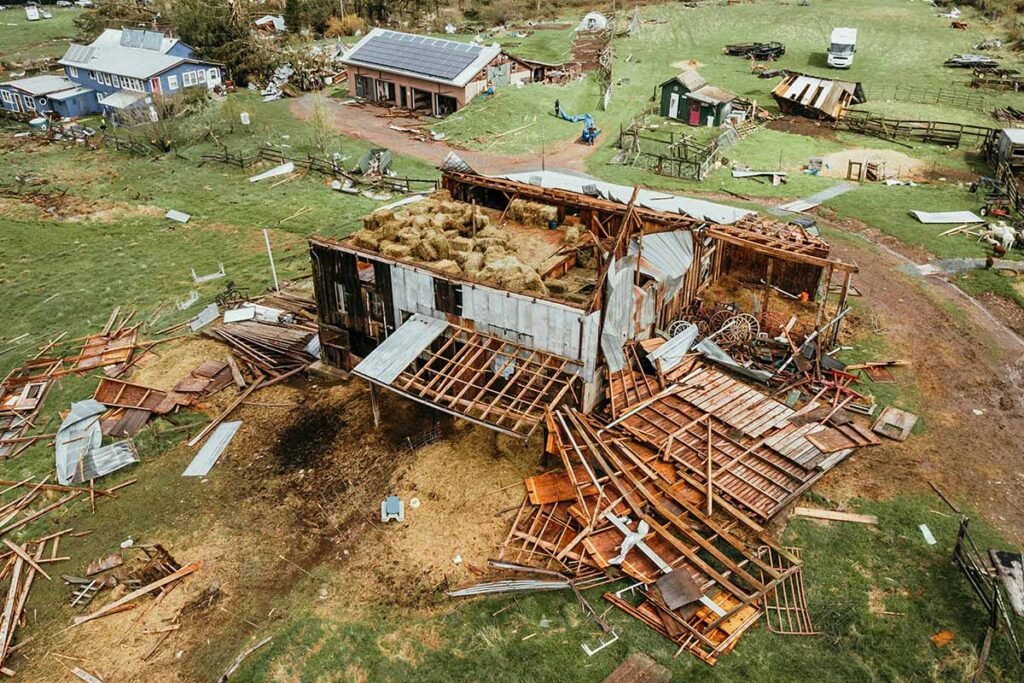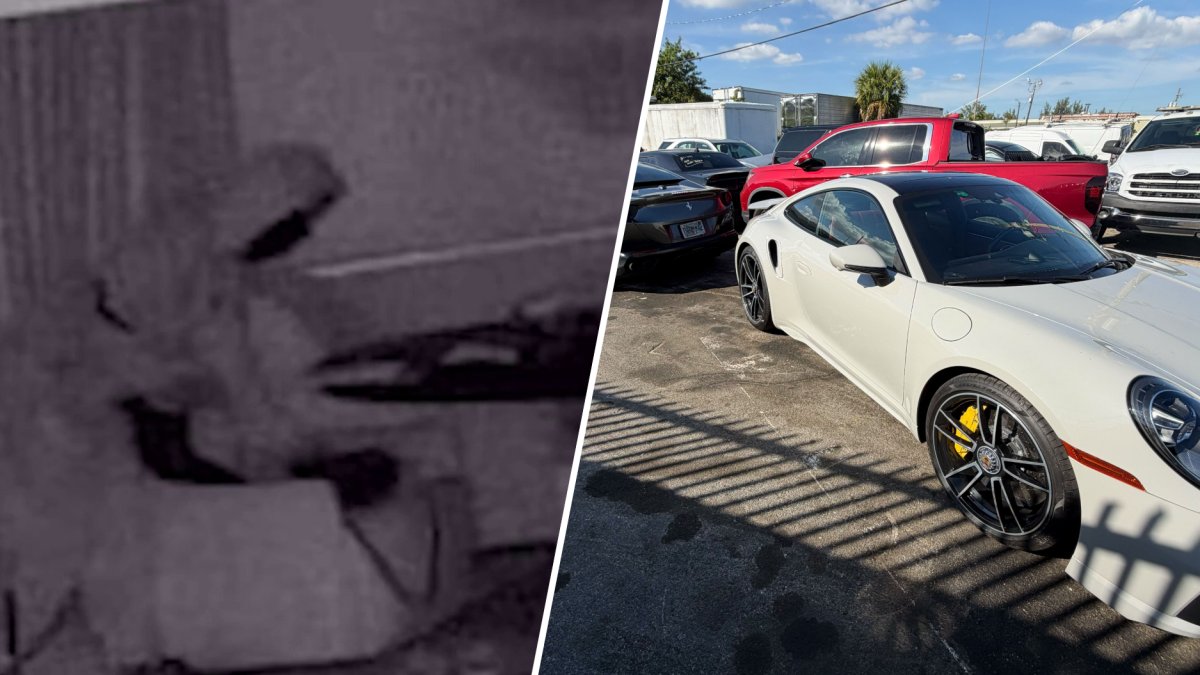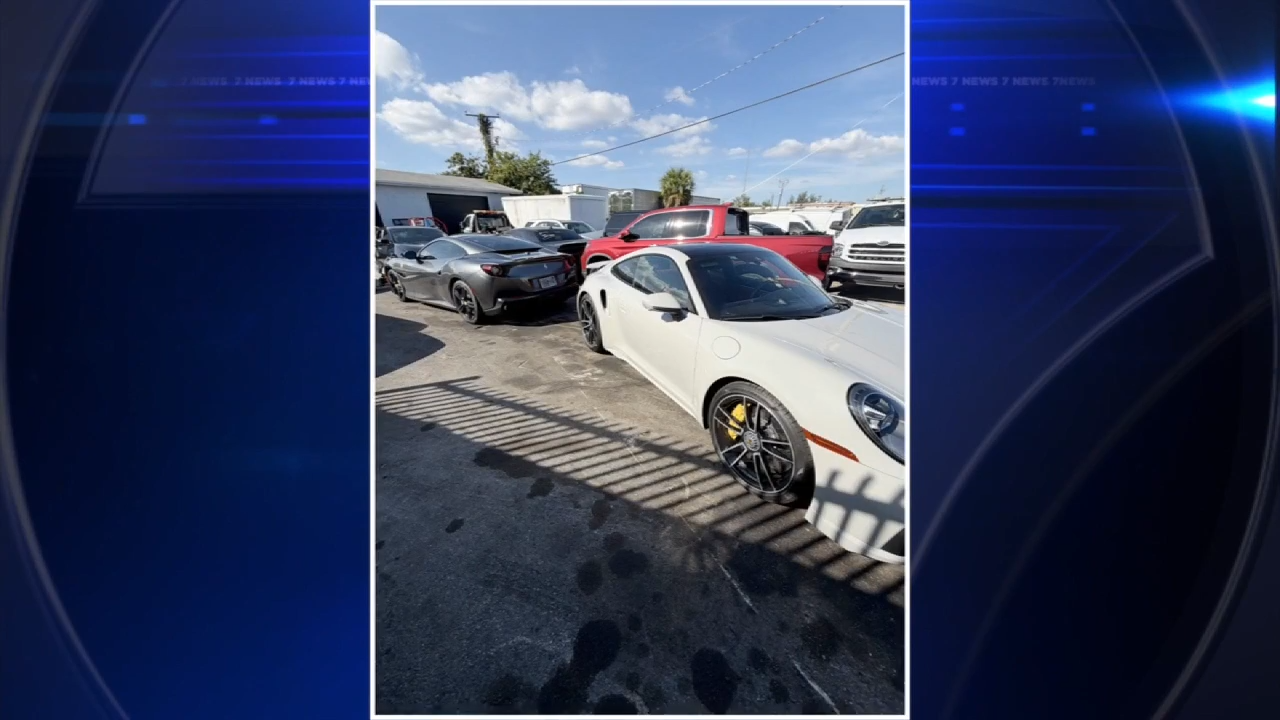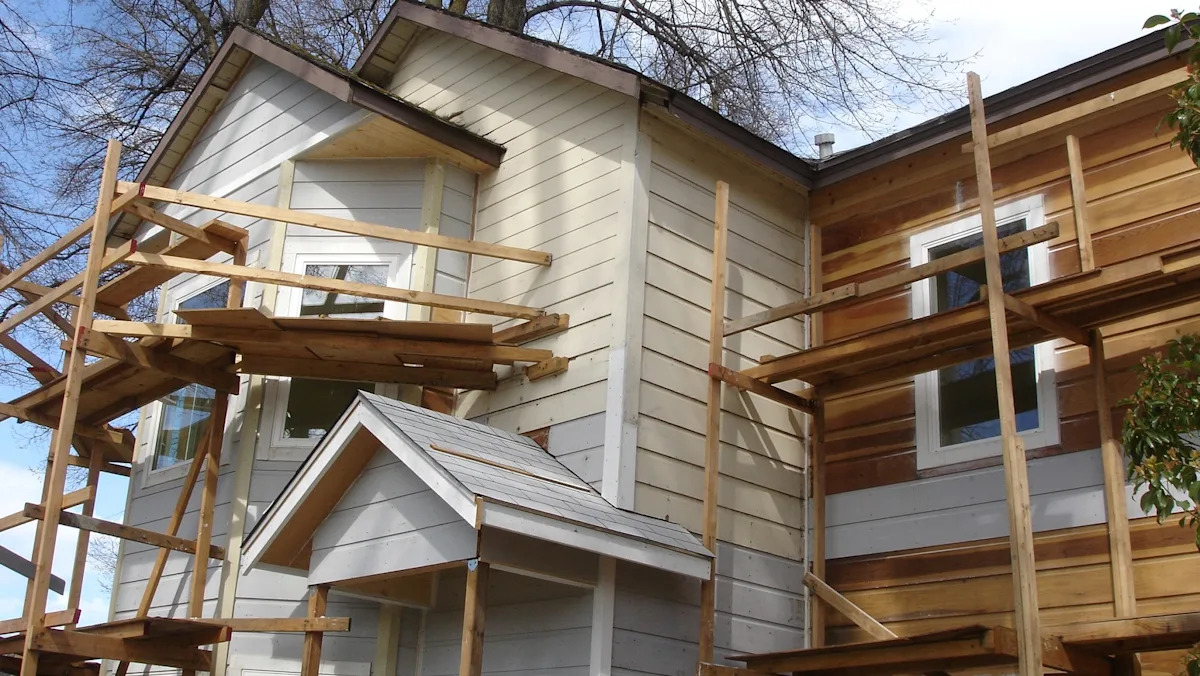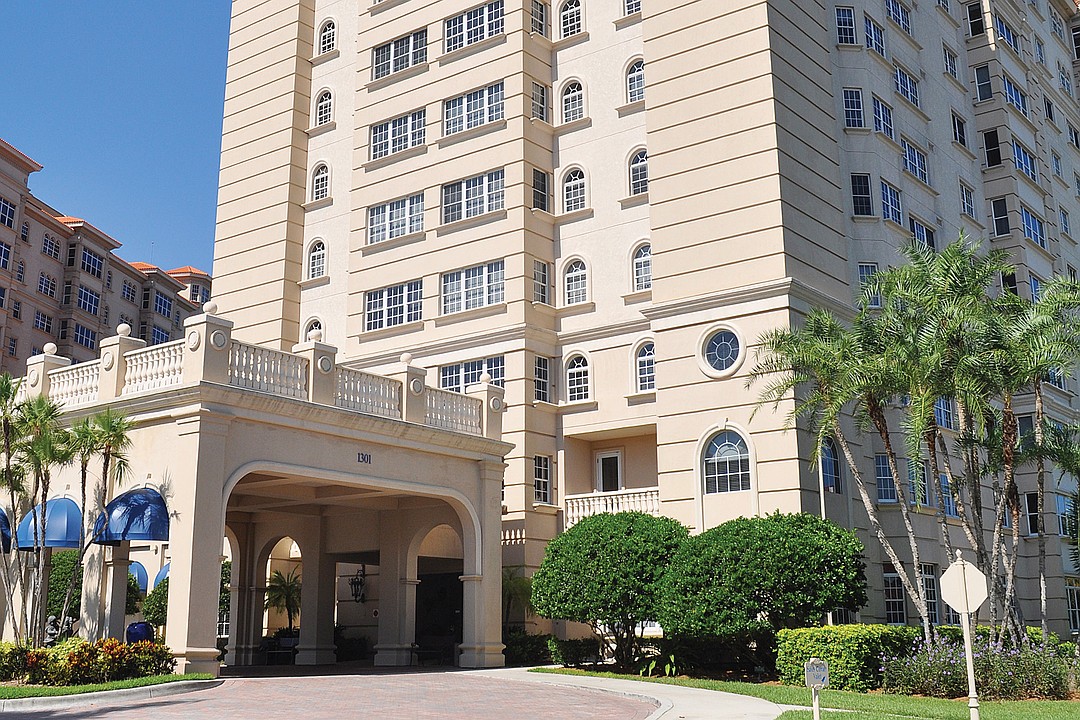D
eAmon White’s 10‑minute drive to work became a three‑hour ordeal when a mile‑wide tornado tore through St. Louis on May 16. He navigated downed trees and power lines, racing home to find his back wall blown away, plaster littering the floor, windows shattered and most of his property beyond repair. His mother, Bobbie, lived a five‑minute walk away; her third floor was gone, yet her front‑yard flower garden survived the 150‑mph winds.
The EF‑3 storm was one of 60 tornadoes that struck Missouri, Illinois, Kentucky, Wisconsin, Minnesota and the Carolinas in 48 hours, killing 26 and injuring 168. DeAmon and Bobbie felt lucky after a neighbor’s leg was impaled by a flying pole and after Bobbie slept at her sister’s house while DeAmon spent the night in his truck, trading shifts with neighbors to deter looters.
Within days, phone calls began. “Would you consider selling?” the voice on the line asked. “We’re aggressively buying homes.” The offers kept coming for two weeks, with half a dozen calls each day. DeAmon and Bobbie dubbed the buyers “vultures.” Flyers, texts and door‑knocking were common. In the West End, 63 % of renters and 49 % of homeowners are uninsured. Many residents have no cash to rebuild without insurance, so a cash offer can seem like a lifeline when federal aid is slow.
A text from “Paul with H.B. LLC” on August 4 read, “Hi, this is Paul… is this Steven?” Most numbers were unresponsive, but one woman, sounding like a call‑center agent, asked if there was a property to sell. She claimed to be a “we buy homes” company but refused to give the name.
Gina Miceli’s story in Fairview, North Carolina, mirrors this pattern. After Hurricane Helene destroyed homes and killed 15 neighbors, she received relentless texts from unnamed buyers. “Hey, Gina, it’s so‑and‑so!” the messages began, followed by “Let me know your price.” One text, signed “Bella,” and another from “Twin Acres” (not a registered broker) offered to buy her two plots. Miceli, who runs a local brewery and has no plans to leave, sometimes replies, sometimes not, describing the texts as “creepy.”
The phenomenon is called “disaster gentrification.” Real‑estate investors flood disaster zones to buy damaged properties cheaply. Samantha Montano, a professor of emergency management, witnessed this in New Orleans after Katrina. In the Lower Ninth Ward, displaced residents lacked the resources to return, while speculators bought land and sold it to out‑of‑state developers, turning owners into instant millionaires. Twenty years later, the area’s demographics shifted: lower‑income and Black residents were displaced, replaced by wealthier, whiter newcomers. Montano notes that gentrification was a concern from the start, but recovery policies failed to prevent it.
In Altadena, California, after the Eaton Fire, half of home purchases were by limited‑liability corporations. Six companies, including Ocean Development Inc. and Black Lion Properties LLC, bought destroyed properties in historically Black neighborhoods for millions. These firms often use fake phone numbers or unregistered names, making it hard to trace ownership.
Disaster‑struck land values rebound quickly, allowing buyers to flip properties—sometimes without repairs. Climate change is increasing the frequency of severe events, giving “disaster investors” more opportunities. Justin Stoler, a researcher on urban health disparities, calls this “hazard gentrification.” Unlike traditional gentrification, it happens in a short burst, exploiting the immediate chaos.
DeAmon White’s neighborhood had already shown signs of gentrification: a barbershop replaced by a trendy restaurant, a former school turned upscale apartments for law students, and a wave of white newcomers. “We buy ugly houses” signs were on utility poles and mailboxes before the tornado, and they multiplied after the damage.
It’s too early to say whether the St. Louis tornado will trigger large land purchases, but Zillow listings suggest a trend. Ten severely damaged homes are listed as investment opportunities: 4641 Maffit Ave offers $20,000 for rehab or salvage; 4236 East Sacramento Ave, an “Investor Special,” sells for $30,000.
A hundred days after the storm, many streets still littered with debris, blue tarps over collapsed roofs, and boarded‑up windows. Volunteer groups like The People’s Response mobilized 10,000 volunteers, estimating that over 2,000 households still need housing assistance. Despite a $30 million NFL settlement and slow FEMA aid, homeowners face tough decisions about rebuilding.
Deserai Anderson Crow, a community resilience researcher, notes a pattern: those who rebuild are often landlords seeking tenants, not people who intend to live there. “It’s a predatory renting cycle,” she says. Industrial‑rental landlords snap up disaster‑affected homes, assuming many residents want to escape mortgages quickly and lack the bandwidth to rebuild.
Bobbie White’s 1901 home, built of renowned St. Louis brick, is one of many 100‑year‑old structures in the area. Rebuilding will likely involve newer, less sturdy materials at a higher cost, out of reach for many residents.
Stacey Sanders, president of the St. Louis Association of Realtors, reports a surge in rapid post‑disaster sale offers, often with red flags. Multigenerational homes may lack clear titles or have titles in deceased family members’ names, complicating FEMA claims and insurance. Without a title, sales are legally dubious. Sanders herself survived a hailstorm in March, receiving offers to repair or buy her home. She can navigate the process, but others may struggle.
Options to curb the sell‑off include bridge funding to keep residents in place and new laws. Ohio’s June bill requires wholesalers to disclose when they offer less than market value; Pennsylvania passed a similar law in January. Missouri remains unregulated. Attorney Peter Hoffman notes that vulnerable people often lack access to information, and the storm exposed pre‑existing issues of redlining, displacement and exploitation.
DeAmon White, now mostly confined to the first floor of his mother’s house due to a partially amputated foot, reflects on the past months. He expects his home to be livable only by February or March. A neighbor lives in a camper on her lot; others sold their homes. On August 21, Bobbie received an offer: a man named Chris wanted to buy her home for about two‑thirds of its value. White urges potential buyers to consider the impact of gentrification and resist selling when possible, acknowledging that money talks but urging restraint in stressful times.
